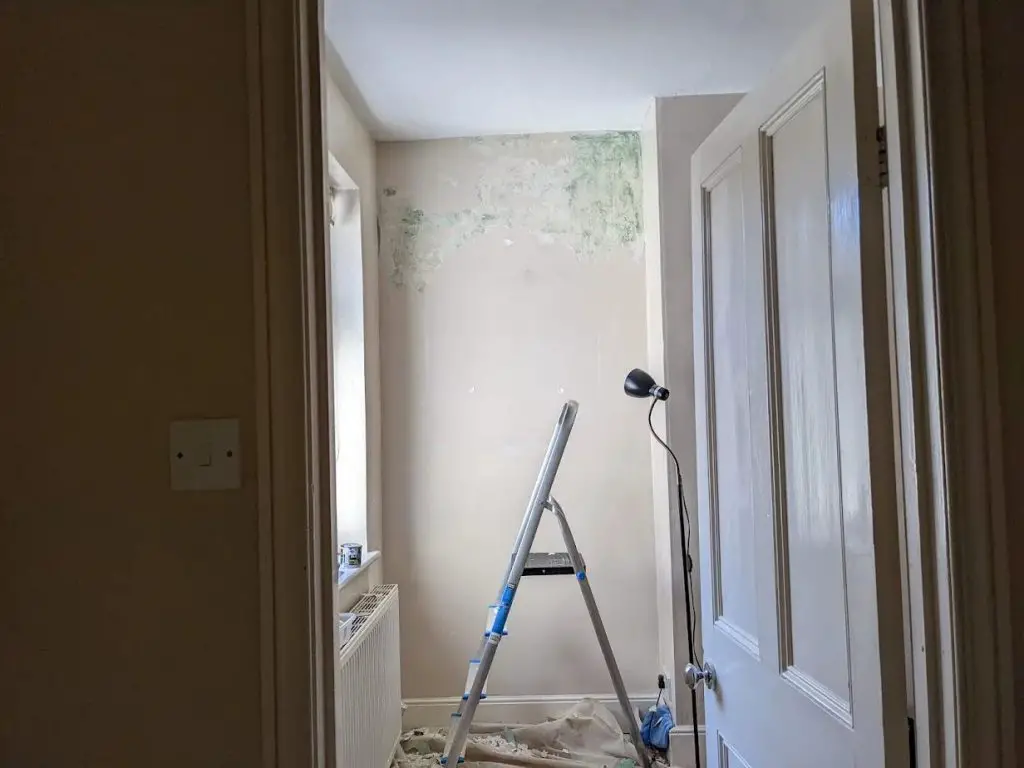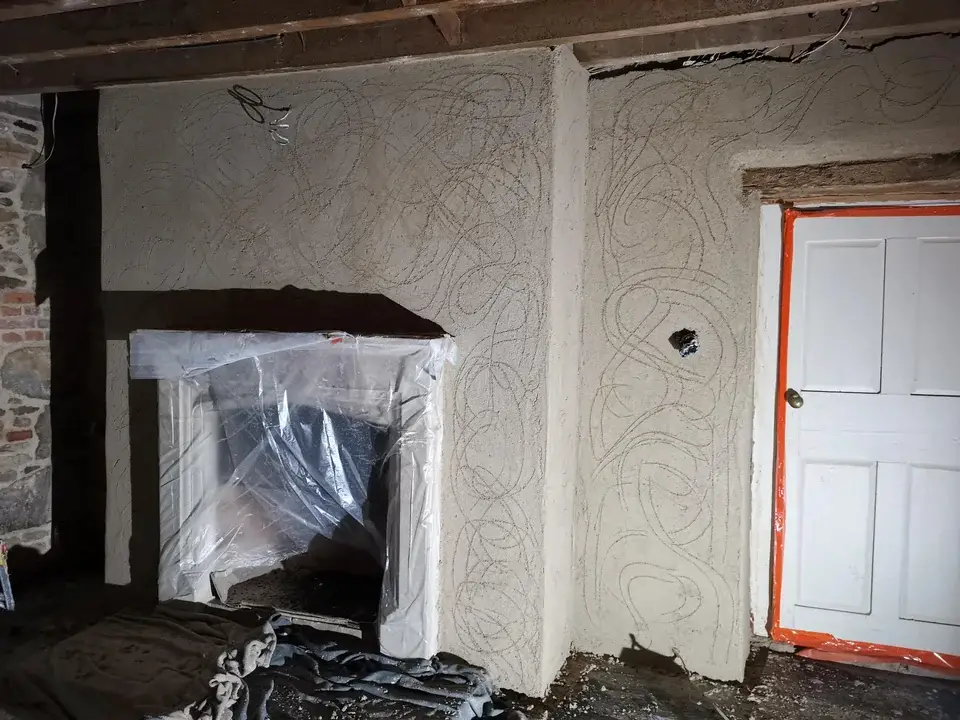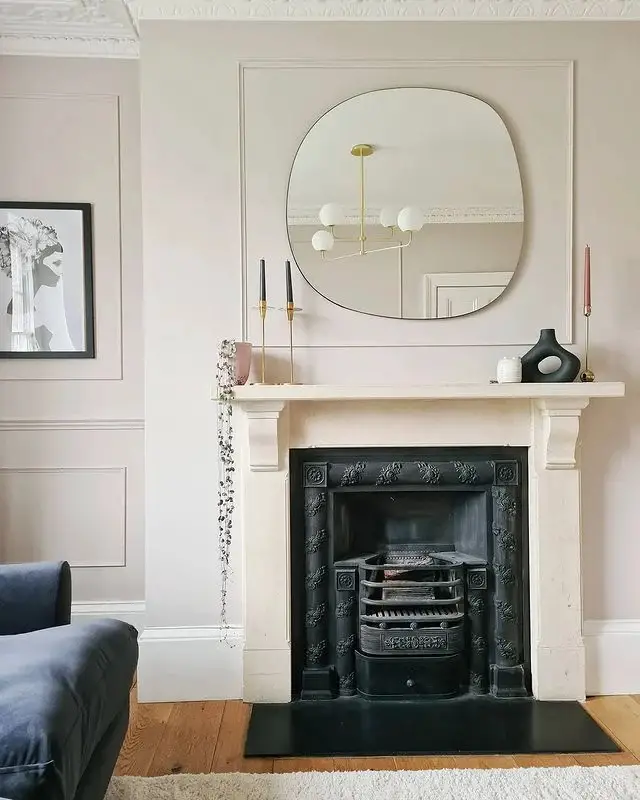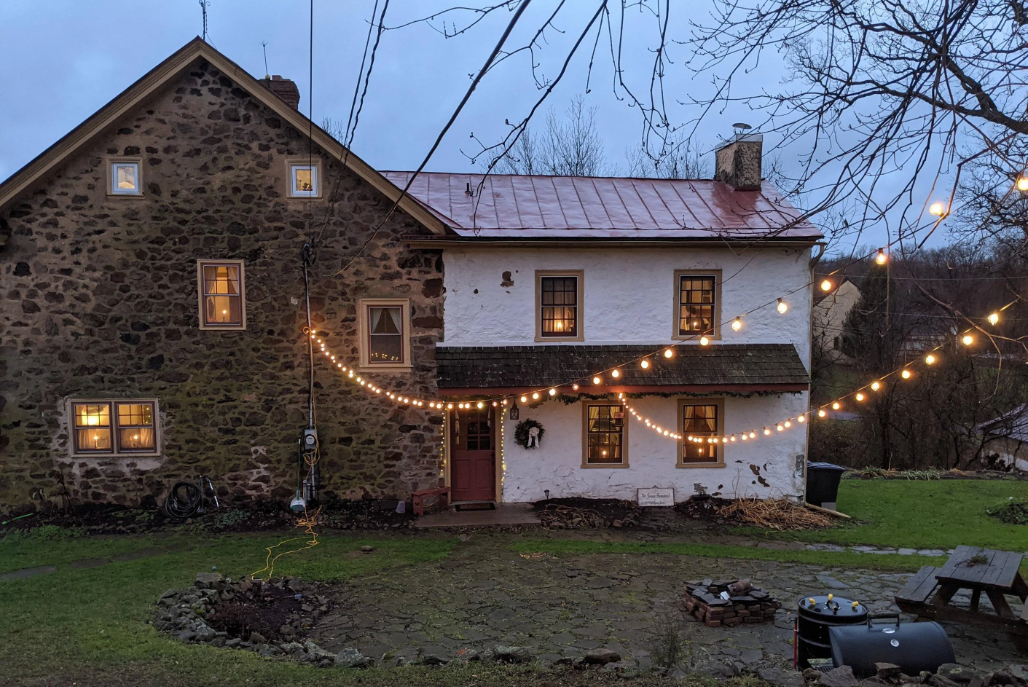Breathable Paints for Lime Plaster The Full Guide
Breathable paints for lime plaster are in fairly short supply in comparison to conventional paints. They also tend to command a higher price point. The question is are they worth the additional fee?
The aim of this article is to give you a full overview of what breathable paints for lime plaster are, why they are important and if they are worth it.
- The basics – what is lime plaster?
- Why do old houses require breathable plaster and paint?
- What are breathable paints for lime plaster?
- The Benefits of Using Breathable Paint on Lime Plaster
- Breathable paints for lime plaster – choose the right paint
- This Kinda of Old House Top Tip
- How to apply breathable paint on lime plaster
The basics – what is lime plaster?
In older houses, builders traditionally used lime plaster, also known as lime render. This traditional building material has been used for centuries in Europe and the Mediterranean.
This type of plaster is made from a mixture of limestone, sand, and water.
Lime plaster has a number of benefits, such as being more environmentally friendly and more breathable than traditional cement-based plasters.
The breathability of lime plaster is its most important attribute and plays a huge role in how an old house disperses moisture through the walls.

When working with lime plaster it is also important to consider the paint we use on top of the plaster. Using breathable paint in conjunction with breathable lime render will help your old home manage moisture and prevent issues with dampness.
Why do old houses require breathable plaster and paint?
Pre-1920s houses were typically built using single masonry walls. In order to manage moisture these walls relied on vapour being able to disperse through the porous plaster and brickwork ensuring homes stayed warm and dry and didn’t become damp.
Some modern materials such as gypsum plaster are not as porous in nature by comparison to lime meaning breathability is reduced. In these situations, when used on an old house it can lead to issues with dampness and mould.
If you would like to learn about treating damp in old houses, view our blog for further information.
What are breathable paints for lime plaster?
As mentioned old houses rely on their walls being able to breathe to avoid moisture build-up.
Breathable paint is a type of paint that allows water vapour to pass through it, allowing the substrate (in this case, the lime plaster) to “breathe”.
This is important because lime plaster is a porous material that can absorb and release moisture. If a non-breathable paint is used, the moisture can become trapped, leading to mould growth and other problems.
Breathable paint works by having a low permeance rating, measured in ng/Pa·s·m².
The lower the rating, the more breathable the paint is. This rating is a measurement of how much water vapour can pass through a material.
Using breathable paint is essential for maintaining the health and integrity of lime plaster. Without it, the plaster can become damaged, discoloured, and even unsanitary.

The Benefits of Using Breathable Paint on Lime Plaster
- Improved Moisture Management: Breathable paint allows for the natural release of moisture, which prevents the buildup of excess moisture in the lime plaster. This helps to prevent mould growth and deterioration of the plaster.
- Enhanced Durability: By preventing moisture from becoming trapped in the plaster, breathable paint helps to preserve the integrity of the plaster, making it more durable over time.
- Increased Energy Efficiency: Breathable paint also helps to regulate the temperature inside the building by allowing the plaster to release excess moisture, which can help to reduce heating and cooling costs.
- Protection from Mould and Mildew: Breathable paint acts as a barrier against mould and mildew growth, helping to keep the plaster and the building healthier and safer.
Breathable paints for lime plaster – choose the right paint
When choosing a breathable paint for lime plaster there are a few key factors to consider.
It’s important to look for paint with a low permeance rating and a high vapour permeability.
As with any type of paint you should also consider the type of finish you want (such as matte or glossy), the colour of the paint, and any specific requirements for the building or location (such as fire resistance).
Comparison of Different Types: Some popular types of breathable paint for lime plaster include lime paint, silicate paint, and mineral paint. Each of these types has its own unique properties, so it’s important to research and compare them to find the best fit for your project.
This Kinda of Old House Top Tip
We’d highly recommend using breathable paint on your lime plaster. If you’ve gone to the trouble and expense of using lime plaster instead of gypsum it’s really a no-brainer.
Here are some brands that we recommend:
- Earthborn
- Auro Lime Paint
- Grapenstone
As with any paint be sure to use a sample first to test the finish. Online reviews are always incredibly helpful for hints and tips.
How to apply breathable paint on lime plaster
Preparation and Surface Cleaning: as with any type of painting the key normally lies in the preparation. Before applying breathable paint on lime plaster, it’s important to ensure that the surface is clean, dry, and free of any debris.
Sugar soap is particularly effective at cleaning surfaces, especially older ones that may have some debris. If your plaster is older, you will also need to fill any cracks or gaps with an appropriate filler.
Before applying paint to fresh plaster be sure to sand with fine gauge sandpaper before beginning.
Application Instructions: The specific application instructions for breathable paint on lime plaster will vary depending on the type of paint and the manufacturer’s recommendations. Generally, it’s best to apply the paint in thin, even coats, using a roller or brush. It’s also important to allow the paint to dry completely between coats.
If you are truly series about renovating an older property and keeping it in the best condition possible, then we’d highly recommend the use of breathable natural paints, especially if painting on top of lime plaster.

We have a full series on renovating an old house packed with hints, tips and guides.


Leave a Reply